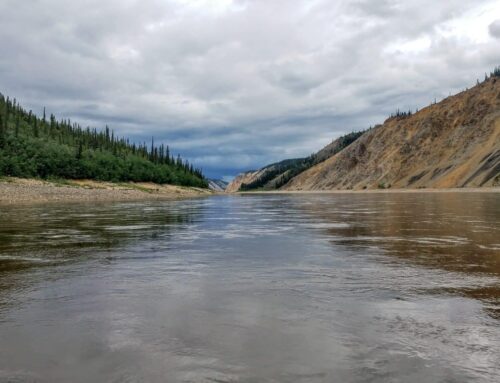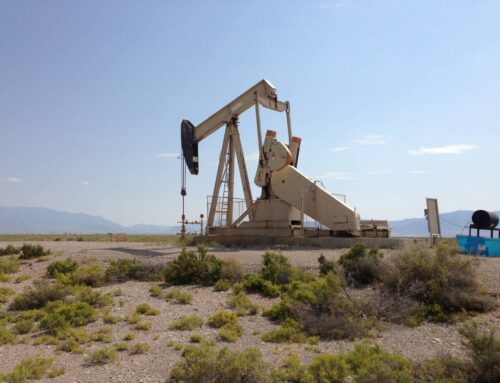On September 12th, the Bureau of Land Management (BLM), under the Department of Interior (DOI), offered 19 parcels of federal land – totaling 8,061.61 acres – for oil and gas development in North Dakota and sold all parcels offered. The lease sale generated approximately $2,475,000 in total revenue, which will be shared between federal and state taxpayers in North Dakota.
The average winning bid for these leases was $304/acre. This is well above the average winning bid for the state between 2016 and 2020, which was $109/acre. A single parcel, totaling 920 acres, or 11% of the acreage leased today, was sold at the minimum bid of $10/acre.
| Acres Offered | Acres Sold | % Acres Sold | Avg. Bid per Acre | Total Revenue | |
| North Dakota | 8,062 | 8,062 | 100% | $303.53 | $2,474,616 |
This was the seventh onshore federal oil and gas lease sale of 2023 and the second sale held in North Dakota. Previous sales were held in Kansas and New Mexico in May, North Dakota, Wyoming, Louisiana, and Mississippi in June, and in Nevada in July. Most recently, a lease sale was held in Wyoming in early September. An additional sale is scheduled to be held in Utah later this month.
Today’s sale, as well as those sales already conducted this year, contain recent reforms that were implemented in the Inflation Reduction Act (IRA). These include:
- A federal onshore royalty rate of 16.67% (raised from 12.5%)
- Rental rates of $3/acre for the first 2 years, $5/acre for years 3-8, and no less than $15/acre for years 9-10 (raised from $1.50/acre for years 1-5 and $2/acre for years 5-9)
- Minimum bid of $10/acre (raised from $2/acre)
- End to noncompetitive leasing
Earlier this year, DOI released a proposed rule that would codify reforms made by Congress in the IRA, as well as other recommendations from the DOI’s Report on the Federal Oil and Gas Leasing Program. The proposed rule would also update federal onshore bonding requirements, which are supposed to ensure that the cleanup of oil and gas wells is paid for by operators, not taxpayers. Current minimum bonding requirements often fail to cover the cost of well reclamation, leaving taxpayers to clean up the mess. According to the Bureau of Land Management, it costs an average of $71,000 to plug and clean up an orphaned well. Yet the Government Accountability Office reports that the average value of bonds held by DOI in 2019 was only $2,122/well, leaving much of the cleanup costs to be paid for by taxpayers.
The proposed rule seeks to increase the minimum lease bond from $10,000 to $150,000, increase the minimum statewide bond from $25,000 to $500,000, and eliminate nationwide and unit bonds. The rule would also direct oil and gas leasing away from sensitive areas and toward land with existing oil and gas infrastructure or high production potential.
Outdated oil and gas leasing policies in North Dakota have cost federal and state taxpayers billions of dollars in potential revenue and left taxpayers to shoulder mounting liabilities. Leasing reforms enacted by Congress last summer were a step in the right direction and bid revenues are up. Now the Department of the Interior must finalize its current rulemaking to further protect taxpayers.











Get Social